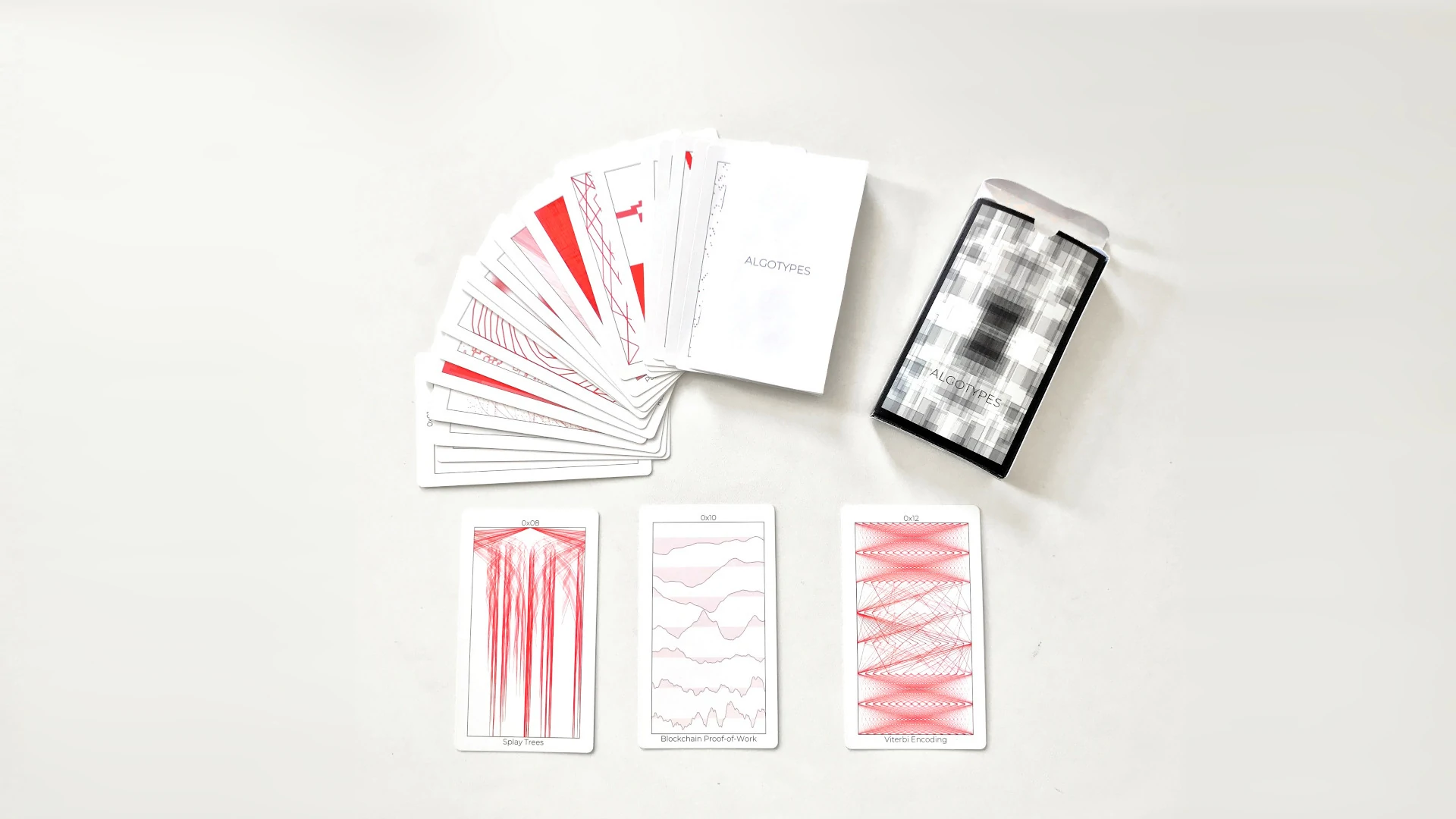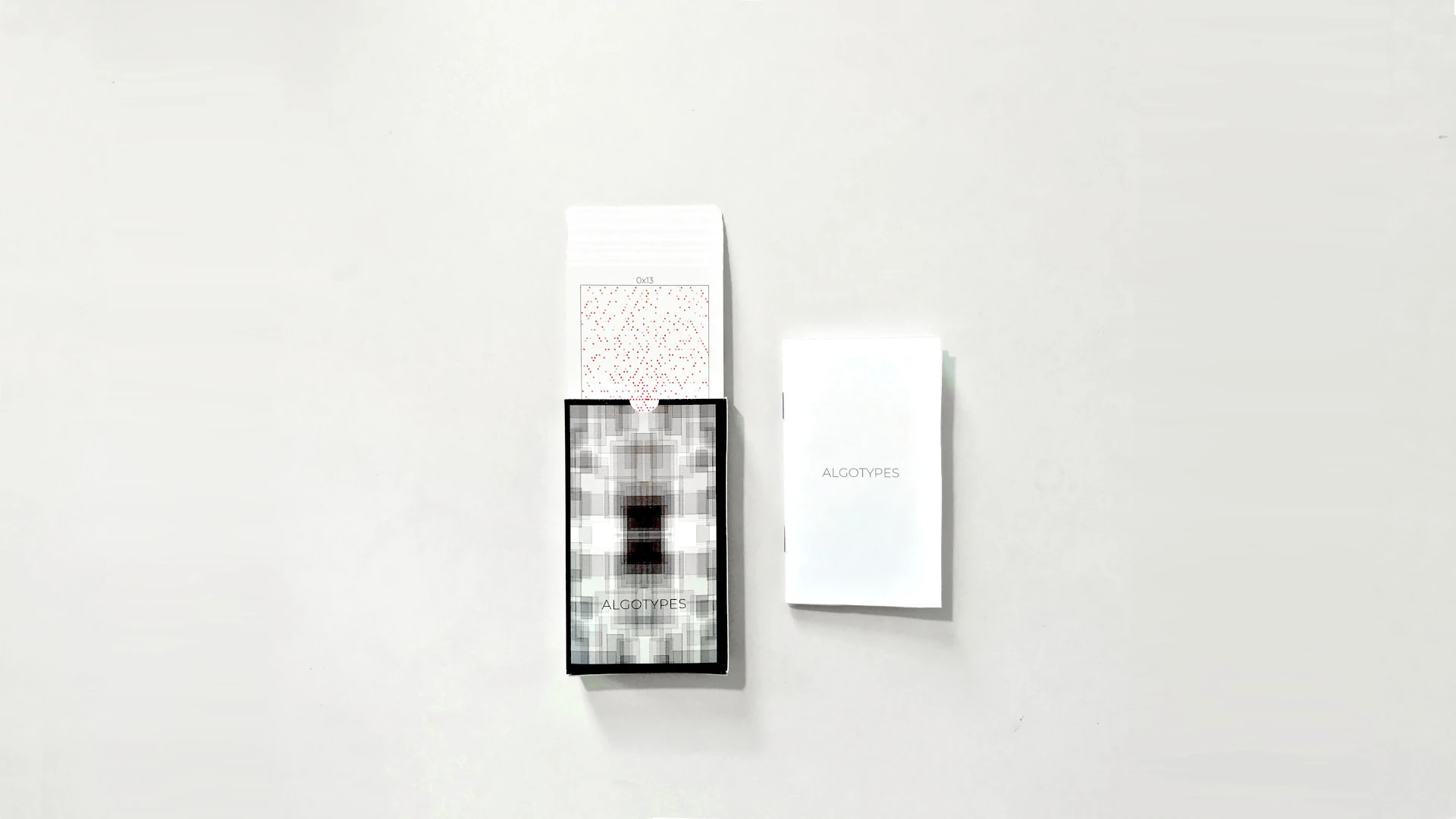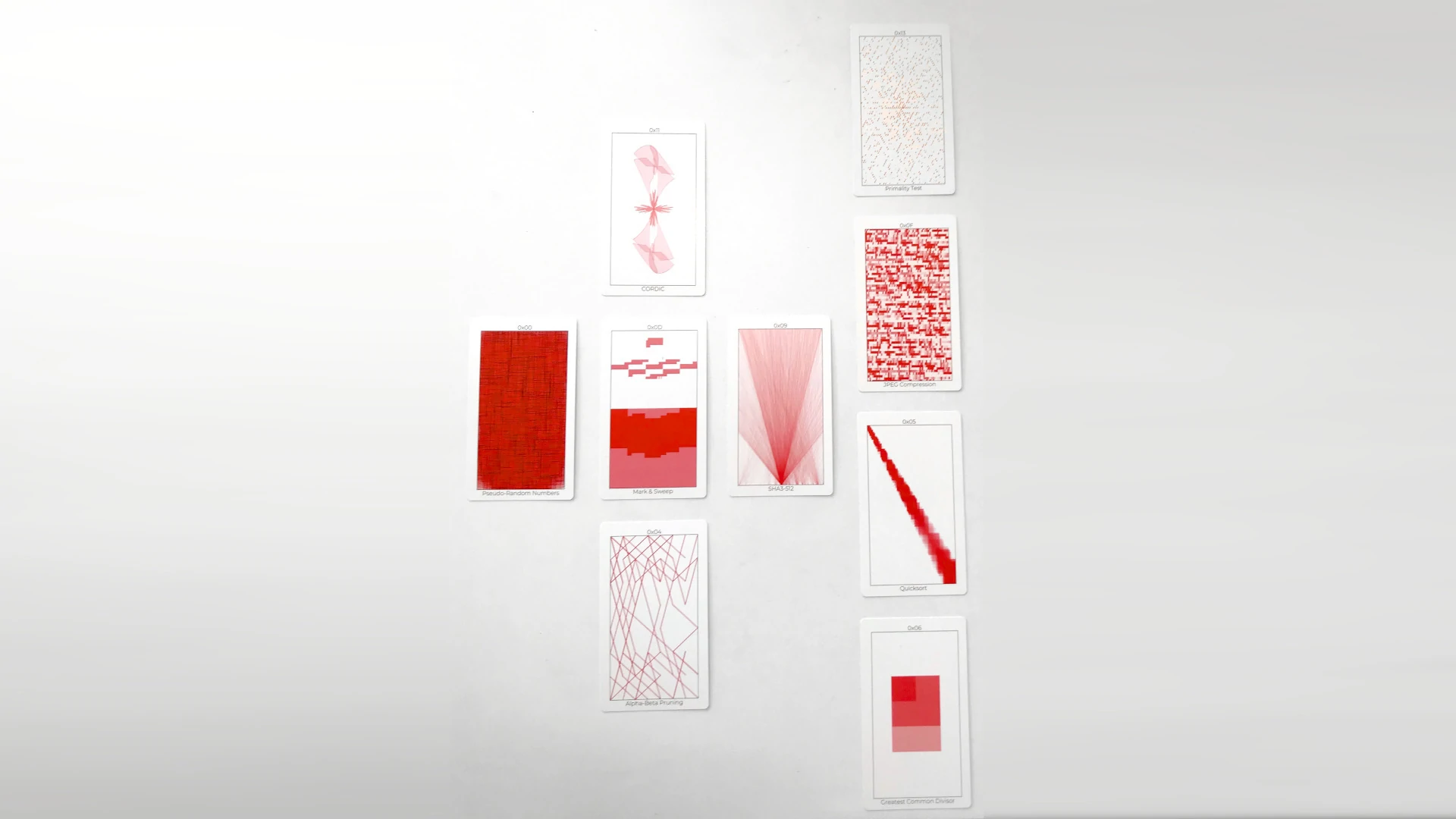
“The Algorithm” is mysterious, omniscient, impenetrable.
Except that it’s not.
Despite the term’s recent cachet, algorithms aren’t magical. An algorithm is a list of instructions that outline exactly how to complete a calculation; it’s problem-solving with a list of rules.
Besides, algorithms are written by humans, and as a result, they contain the desires, ideologies, biases and limitations of the people who design them. They are situated: like any form of knowledge-making they reflect the particular conditions in which they are produced, and the social identities and locations of their producers.
Today, they are part of very complicated social systems, and, while their steps are predictable, their impact isn’t. Instead of simply performing step-by-step instructions, algorithms have become performing entities that sort, select, evaluate, transform, and (re)produce, not only data, but worldviews.
The possible representations, interpretations, and rereadings presented here are meant to facilitate potential connections between material, abstract, personal, political and social aspects of computation, and act as a kind of lens to amplify and surface what is concealed within these logics.
[1] Jodorowsky, Alejandro & Costa, Marianne (2009). O Caminho do Tarot. Chave Editora.
[2] Nichols, Sallie (1988). Jung e o Tarô. Editora Cultrix.
2022: Elasticity of Resilience, SAVVY Contemporary / panke.gallery - Berlin, DE
2021: online onsite, BICA plataforma - São Paulo, BR
2021: The Future for Today, Witch Institute - Kingston, CA
2020: stick.t.me, panke.gallery - Berlin, DE

